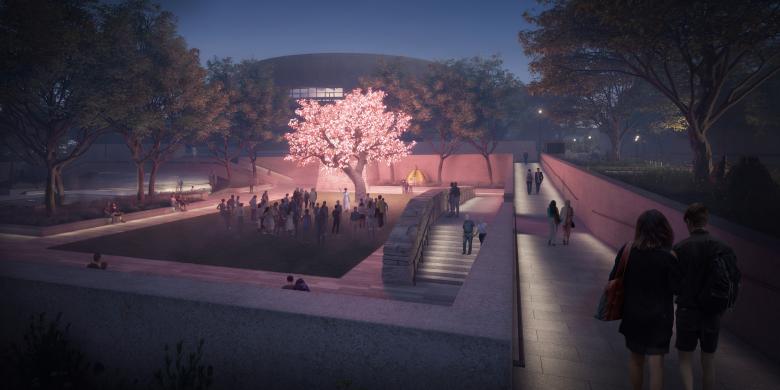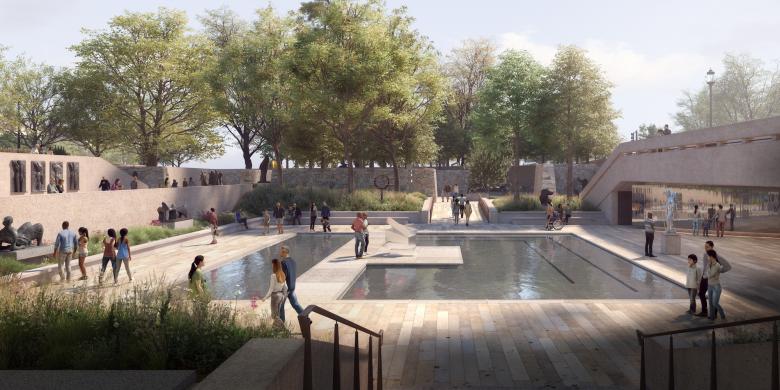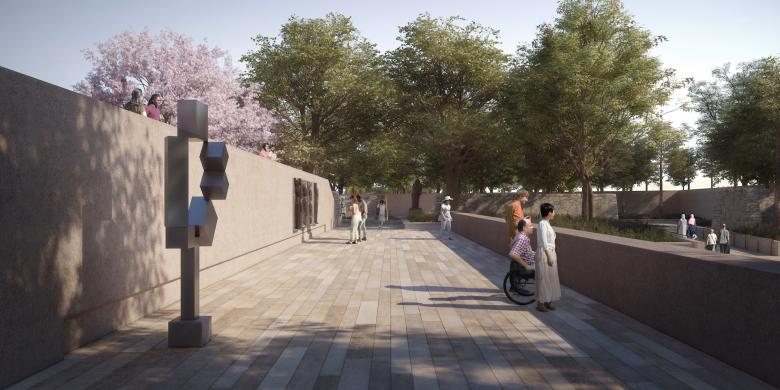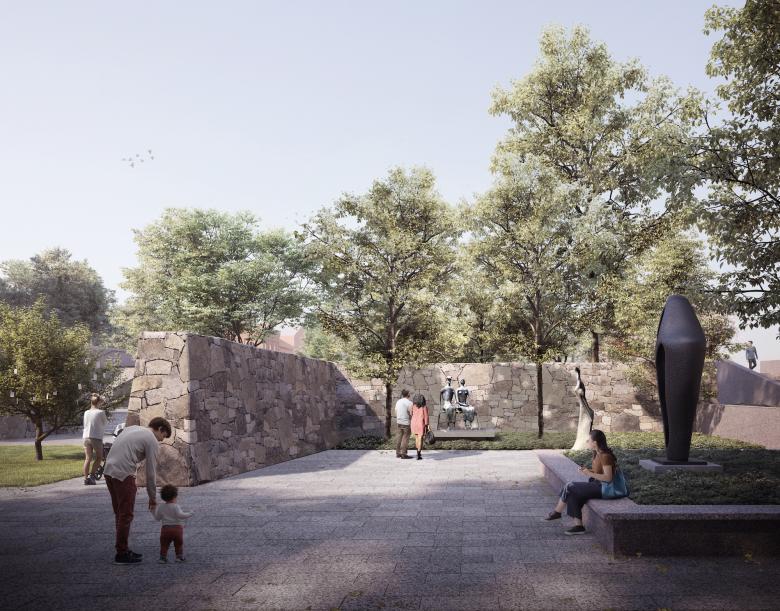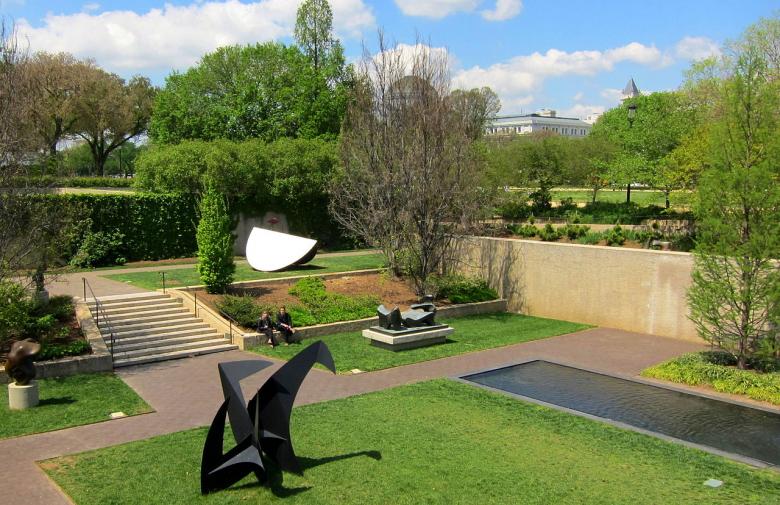Hirshhorn Sculpture Garden Renovation Moves Forward
Hiroshi Sugimoto's redesign of the Hirshhorn Museum's Sculpture Garden in Washington, DC, has been approved by the National Capital Planning Commission, allowing the Hirshhorn to move forward with site development plans that have been years in the making.
Originally designed by Gordon Bunshaft and then redesigned by landscape architect Lester Collins seven years after the museum opened in 1974, the Sculpture Garden was a little known aspect of the adjacent Hirshhorn Museum that Bunshaft also designed. "According to the Hirshhorn" and an article at the New York Times on the NCPC approval, "only about 15 percent of the museum’s visitors typically find their way into the garden," which also has direct access from the National Mall. As such, an integral component of Sugimoto's plan has been the reopening of an underground passage that links the museum and sculpture garden, a feature that was part of Bunshaft's original design but was closed for decades.
In the nearly three years since Sugimoto was commissioned in 2018 (his design was unveiled in early 2019), the project had to gain approvals from the Commission of Fine Arts and the National Capital Planning Commission, as all changes to governmental buildings and spaces require (the Hirshhorn is part of the Smithsonian Institution, "a trust instrumentality of the United States"). In that time it also faced opposition from preservationists and advocates, most notably TCLF, who argued the Sculpture Garden design by Lester Collins is of historical significance and should be added to the National Register of Historic Places.
It is an honor to be entrusted with revitalizing and renewing the Hirshhorn Sculpture Garden. My design acknowledges the contributions of Gordon Bunshaft, the Hirshhorn’s original architect, and Lester Collins, who reconsidered the garden in 1981. My challenge is to anticipate how art will be created, displayed, and shared in a public environment. As an artist, I am thrilled the proposal has passed and am looking forward to bringing it to life.
Besides the opening beneath Jefferson Drive that will link the Sculpture Garden and the museum, which has already received a renovated lobby courtesy of Sugimoto, the most dramatic changes to the Sculpture Garden will be the creation of a water basin that can be drained and used for performances, the reorganization of the garden into outdoor galleries, and the replacement of concrete walls with stacked stone walls. Furthermore, accessibility, which was a concern in the redesign by Collins decades ago, will be improved through the addition of a ramp from Jefferson Drive.
Sugimoto is leading the design of the sculpture garden with his team at New Material Research Laboratory in Tokyo, in association with New York's Yun Architecture. Quinn Evans Architects in Washington, DC, is serving as architect of record while Rhodeside & Harwell of Alexandria, Virginia, is landscape architect. Per the New York Times, the renovated Sculpture Garden could open as early as 2024, coinciding with the 50th anniversary of the Hirshhorn.
